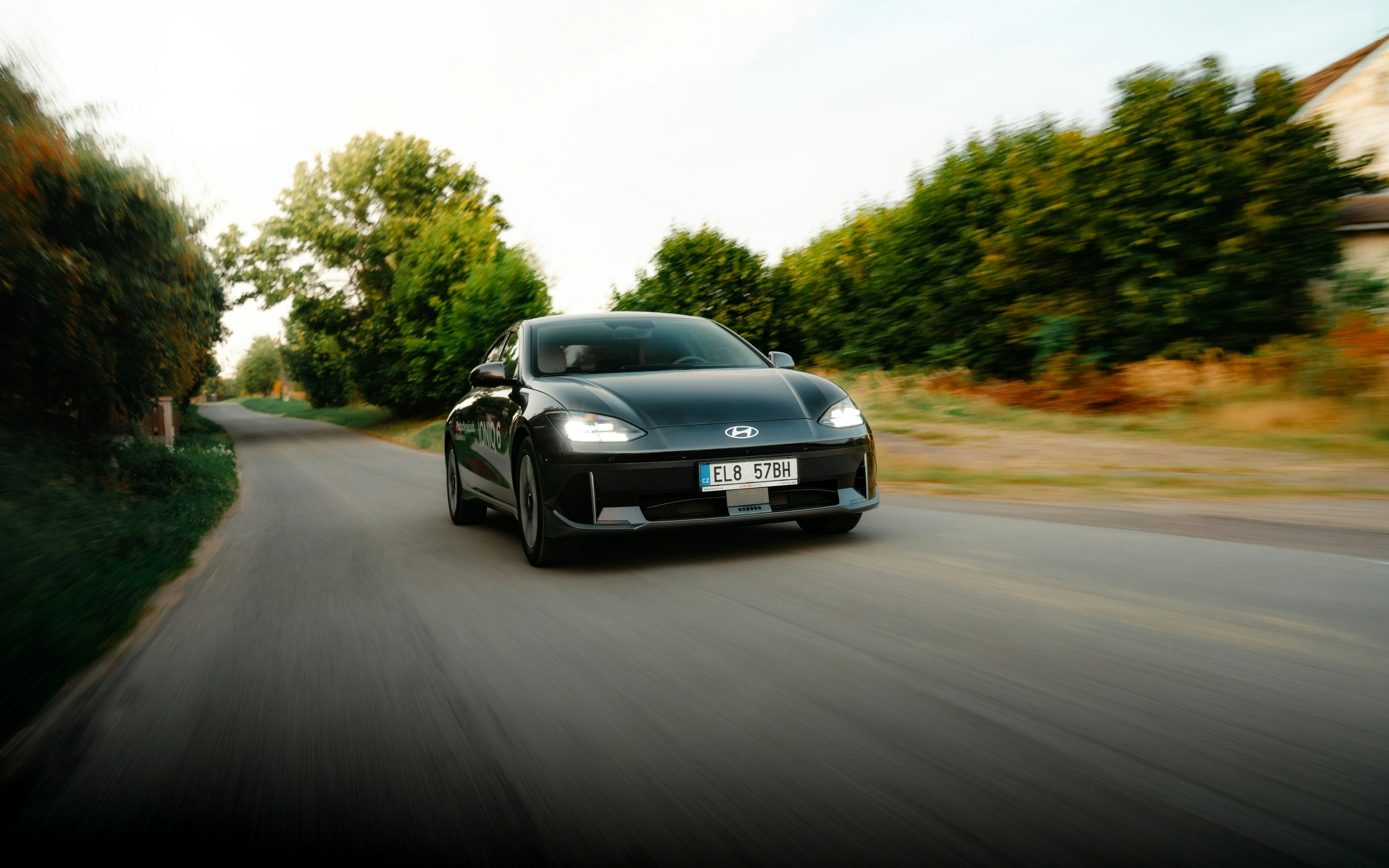Redefining Speed: A Deep Dive into Dual Clutch Transmissions
Are you ready to delve into the world of Dual Clutch Transmissions (DCTs)? This complex yet fascinating piece of automotive technology has transformed the driving experience, offering the perfect blend of efficiency and speed. Join us as we explore DCTs, from their origins to their revolutionary impact on modern driving.

The Genesis of Dual Clutch Transmissions
The Dual Clutch Transmission is a marvel of engineering that has its roots in the early 20th century. However, it was not until the late 1980s that Porsche, a leading innovator in the automotive industry, deployed this technology in a production car — the 956. Armed with this new technology, the 956 dominated racetracks, showcasing the extraordinary potential of DCTs.
Unraveling the Mechanics of DCTs
A Dual Clutch Transmission gets its name from its two separate clutches — one for even numbered gears and another for odd numbered gears. This design allows for nearly instantaneous gear changes, reducing the lag time common in traditional manual and automatic transmissions. It’s like having two gearboxes in one, working together to deliver smooth, swift shifts for an exhilarating driving experience.
The Impact of Dual Clutch Transmissions on Modern Driving
The influence of DCTs on modern driving is undeniable. They bridge the gap between manual and automatic transmissions, offering the driver control and efficiency. This technology has been embraced by a range of automakers from Volkswagen to Ferrari. Its incorporation into everyday cars has elevated the driving experience, making every ride smoother and more engaging.
Dual Clutch Transmissions: The Challenges and Triumphs
Despite their benefits, DCTs are not without challenges. They require precise control systems and are usually more expensive to manufacture and maintain than traditional transmissions. However, thanks to ongoing research and innovation, automakers are finding ways to overcome these hurdles, making DCTs more accessible and affordable.
Looking Toward the Future: DCTs and Beyond
The future of Dual Clutch Transmissions is bright. As automakers strive to enhance driving performance and fuel efficiency, DCTs are set to play a crucial role. They continue to evolve, with innovations aimed at increasing their responsiveness and reliability. Although we can’t predict the future with certainty, one thing is evident - DCTs have revolutionized the driving experience, and they’re here to stay.
In conclusion, Dual Clutch Transmissions represent a significant milestone in the automotive industry. They embody a perfect blend of past innovations and future possibilities, encapsulating the relentless pursuit for better, faster, and more efficient vehicles. So, the next time you’re behind the wheel, spare a thought for the engineering marvel that’s working tirelessly beneath you to deliver that seamless drive. You’ll appreciate the ride even more.





